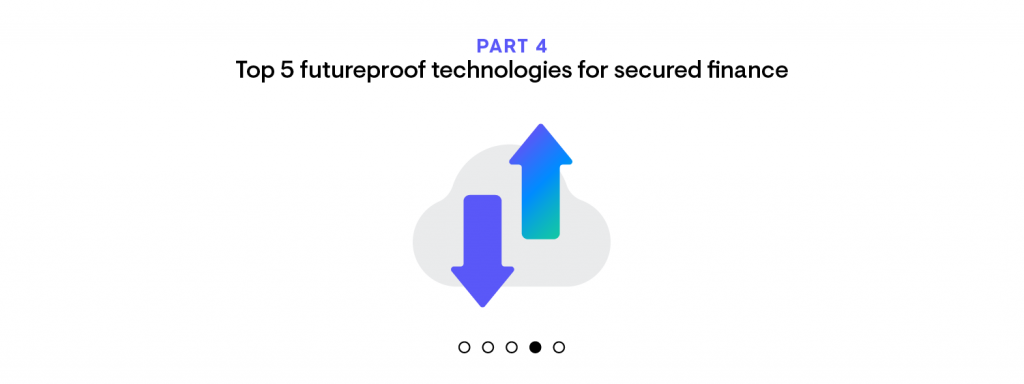One of the top ways to grow your secured finance business through technology is moving to the cloud and software-as-a-service (SaaS). And it’s important to understand the difference – cloud and SaaS are not the same thing. SaaS is not about infrastructure; it’s about delivering a service. Where cloud hosting is common, SaaS is disruptive – in a good way.
In a cloud-hosted model, the vendor is only responsible for building and deploying the infrastructure and technology. Then you are responsible for maintaining the software, implementing the upgrades, testing, security, etc. The vendor builds it and then you manage the rest.
A true cloud-based SaaS provider takes care of the security, redundancy, backups, disaster recovery, governance, changes, etc. SaaS delivers current, secure versions of critical software without customers needing to install or upgrade – with minimal or no disruption to your operations.
Here’s what SaaS-based technology delivers
This is what you can expect from SaaS software.
- Less expensive than fully in-house or fully outsourced IT – lowers cost by shifting technology responsibilities to the fintech partner
- Sustainable, disruptive technology – ready-to-consume and use, scale on demand
- Ongoing updates – new functionality without breaking existing integrations or configurations
- Vendor-managed, evergreen IT SaaS operations – enables your team to focus on managing and growing your secured finance business
- Competitive advantage in a fee-compressed, high-change environment
- Comprehensive security – including System and Organization Controls (SOC) validation
Another great thing about cloud-based SaaS software is that it is suitable for all company sizes – from small start-ups eliminating spreadsheets to large national organizations moving from on-prem IT systems. Smaller companies often think they don’t have the technical expertise, staffing, or revenue to benefit from the value of a SaaS cloud-based platform. While larger companies wonder if SaaS can meet their needs when it comes to scalability, performance, and complexity.
Cloud-based SaaS software is perfect for all secured finance lenders regardless of size, sales volume, or digital maturity. And you only pay for what you use or what you consume with the subscription-based financial model you find with Solifi’s SaaS software.
See our related blog series: Top 5 cloud myths debunked
Want to learn more?
Contact one of our experienced secured finance solutions consultants to learn how you can futureproof your business with software-as-a-service (SaaS) technology and an open finance platform.
Like this blog post? Please save and share on your social networks
So many opportunities exist to accelerate your secured finance business with technology. Regardless of your size or where you are on your digital transformation journey, keep these top five recommendations in mind when futureproofing your business with technology.
Top 5 ways to futureproof your business with technology
Read Part 1: Go digital
Read Part 2: Stick with standards
Read Part 3: Adopt evergreen IT
Read Part 4: Move to the cloud and SaaS
Read Part 5: Harness data insights
What is…?
Cloud: Essentially storage of data, software, and services on virtual servers located in data centers all over the world.
SaaS: Instead of users installing software on their computer, software-as-a-service (SaaS) applications are hosted on cloud servers and are accessed either through a browser or through an app.
Evergreen IT: Small iterative updates to IT systems and software so that business systems are always kept up to date.
Platform: The foundation of your business ecosystem. A set of software tools and a standard infrastructure that serves as a foundational service that can be leveraged to integrate other applications and services.
